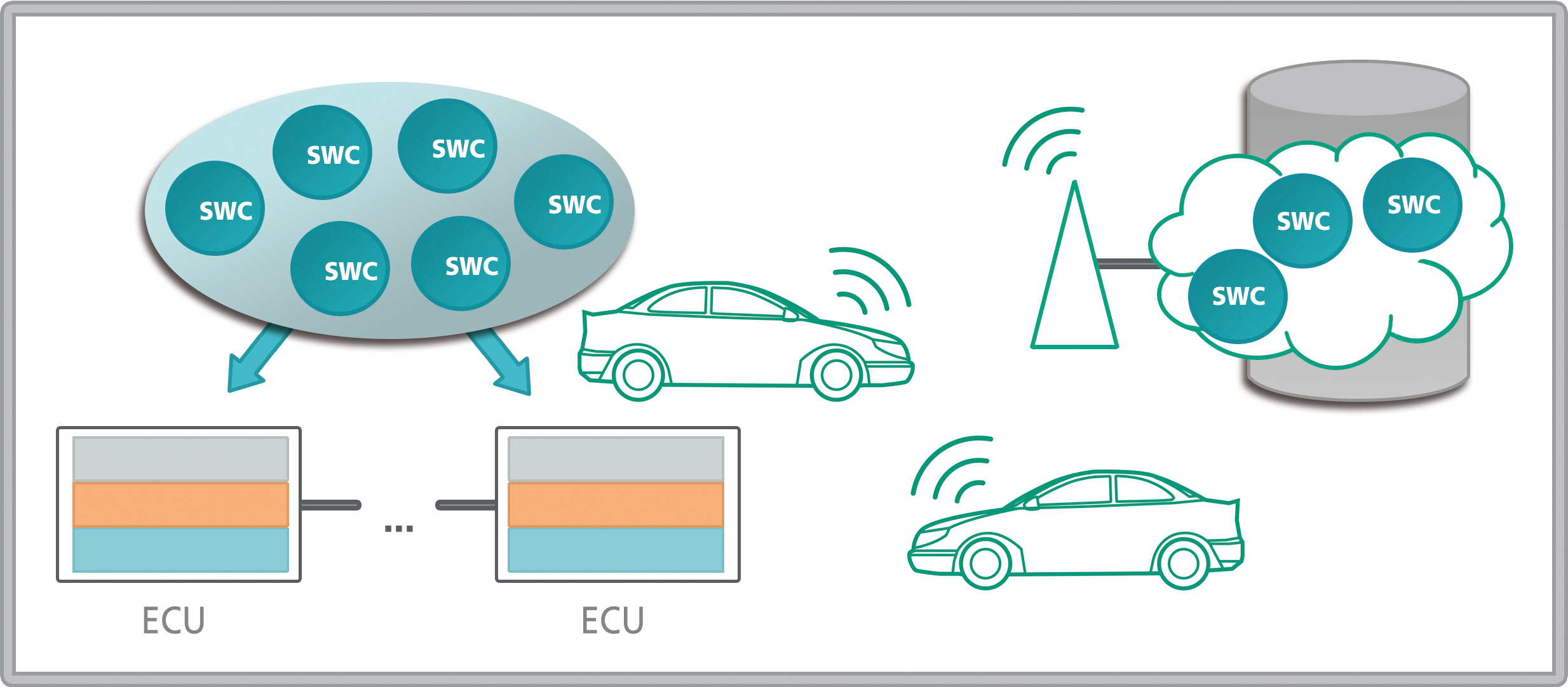Future cooperative driving functions include various system elements besides the vehicle’s own system, from the back end to transmission infrastructure and other vehicles. These kinds of highly complex networked systems can no longer be reliably developed using today’s methods and would entail very high costs for development, integration and testing. As a result, these kinds of functions have to be implemented and evaluated early on using consistent methods, for example with the integrated tool environment at Fraunhofer Institute for Cognitive Systems IKS (former Fraunhofer ESK). Using this Innovative driving functions can be quickly developed to market maturity.

Privacy warning
With the click on the play button an external video from www.youtube.com is loaded and started. Your data is possible transferred and stored to third party. Do not start the video if you disagree. Find more about the youtube privacy statement under the following link: https://policies.google.com/privacyCooperative Driving Functions: From Idea to Prototype
 Fraunhofer Institute for Cognitive Systems IKS
Fraunhofer Institute for Cognitive Systems IKS
